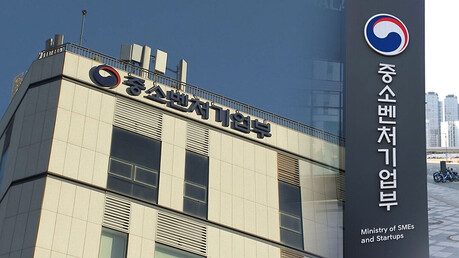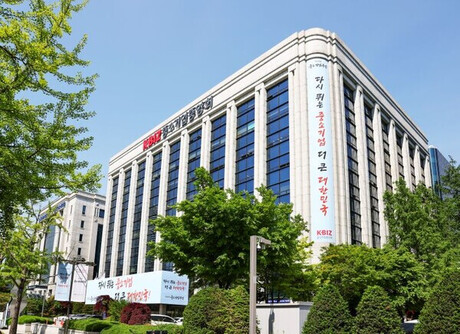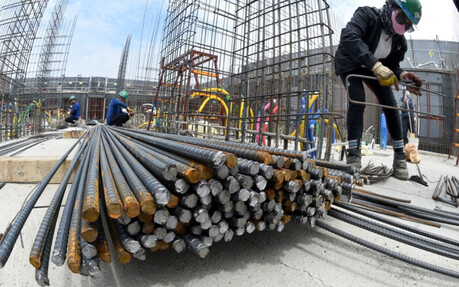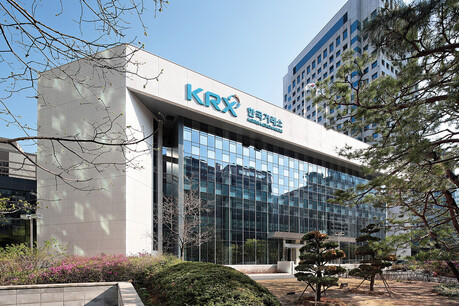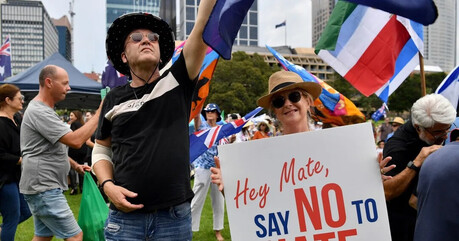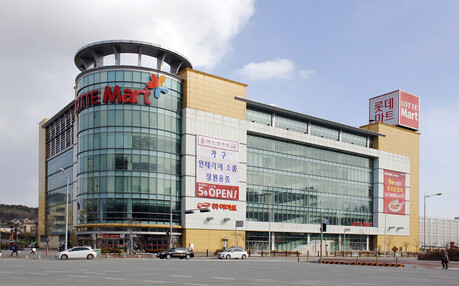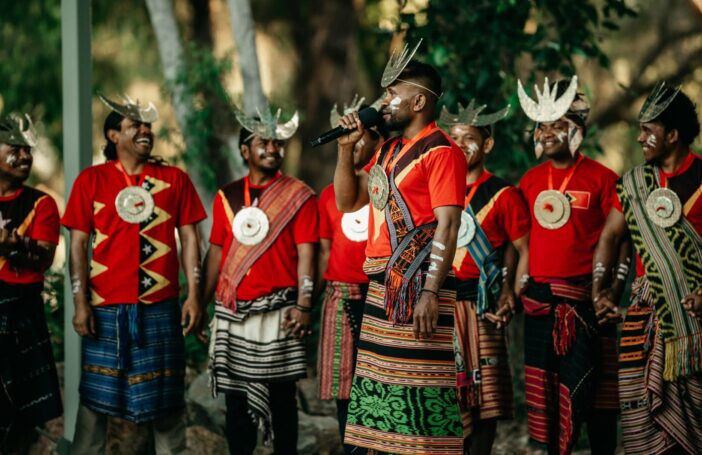
Following previous analyses on the age distribution and labour market outcomes of Pacific migrants in Australia, new insights from the 2021 Australian Census data reveal patterns in their geographical distribution across the nation. While Pacific migrants exhibit a tendency to concentrate in major urban centers, the data indicates a significant clustering within socioeconomically disadvantaged areas compared to the broader Australian population.
The study highlights a notable urban concentration among Pacific migrants. Figure 1 demonstrates that over 70% of Pacific migrants reside in Greater Sydney, Greater Brisbane, and Greater Melbourne. This is considerably higher than the settlement patterns observed for the Australian-born population (45%), Western migrants (51%), and non-Western migrants (64%). Greater Brisbane emerges as a particularly significant hub, accommodating nearly 20% of Pacific migrants, likely influenced by its warmer climate and closer geographical proximity to their Pacific Island homelands. This figure contrasts sharply with the corresponding percentages for the Australian-born population (10%), Western migrants (11%), and non-Western migrants (9%), who show a greater inclination towards settling in Melbourne.
However, the data also reveals exceptions to this general trend, often shaped by historical settlement arrangements and current visa regulations. Migrants from Vanuatu, a significant portion of whom participate in the Pacific Australia Labour Mobility (PALM) scheme, exhibit a highly dispersed settlement pattern, with approximately 94% residing outside major cities, particularly in horticultural regions across Australia. Conversely, half of the migrants from Timor-Leste are concentrated in Greater Melbourne, a pattern influenced by early refugee settlements and subsequent family reunification demands.
Furthermore, migrants from Papua New Guinea, Solomon Islands, Kiribati, and Nauru show a strong concentration in the state of Queensland, with 71%, 66%, 58%, and 57% of these groups respectively settling there. While a majority of Nauruans (47%) reside in Greater Brisbane, Papua New Guineans, Solomon Islanders, and i-Kiribati are more evenly distributed between Greater Brisbane and regional Queensland, with 36%, 36%, and 31% residing in regional areas, respectively.
Clustering in Lower-Income Suburbs
Within major cities, the analysis reveals a tendency for Pacific migrants to cluster in lower-income suburban areas where housing is generally more affordable. Figure 2 provides a detailed breakdown of the distribution of Pacific migrants across subregions in Sydney, Brisbane, and Melbourne. In Sydney, settlement is predominantly in the southwest and northwest areas, regions known for their relatively lower housing costs compared to the eastern suburbs. Similarly, in Melbourne and Brisbane, Pacific migrants are concentrated in areas with more affordable housing options, such as Mickleham, Yuroke, Hampton, and Cranbourne West in Melbourne, and Ipswich and Logan in Brisbane.
Socioeconomic Disadvantage
To further understand the clustering patterns, the study utilized the Australian Bureau of Statistics' Index of Relative Socio-economic Disadvantage (IRSD). This index reflects the economic and social conditions of residents within a specific area in 2021. Lower IRSD scores indicate a higher proportion of households with low income, a greater number of individuals without qualifications, and a larger representation of people in unskilled occupations, signifying more "disadvantaged" areas.
Figure 3 illustrates the distribution of populations across the five quintiles of the IRSD index for the Australian-born population, Western migrants, Pacific migrants, and non-Western migrants. The data clearly shows a concentration of Pacific migrants in more disadvantaged areas, with 37% residing in the bottom quintile (most disadvantaged) and 22% in the second quintile. Migrants from Samoa (49%), Vanuatu (45%), and Tonga (45%) exhibit the highest proportions living in the most disadvantaged areas among Pacific Islander groups. In contrast, Papua New Guinea (26%) and Fiji (31%) have the lowest shares in these areas within the Pacific migrant population. For comparison, Western migrants are significantly less likely to reside in disadvantaged areas, with only 15% in the bottom quintile, while the Australian-born population (18%) and non-Western migrants (23%) show a more even distribution across the IRSD quintiles.
Implications and Conclusion
These findings corroborate earlier analyses indicating lower average earnings for Pacific migrants compared to Australian-born individuals and Western migrants. This geographical analysis adds a crucial layer of context, revealing that while Pacific migrants tend to gravitate towards major cities and establish close-knit communities, they are disproportionately concentrated in socioeconomically disadvantaged areas compared to the broader Australian population. This clustering may have implications for access to essential services, educational opportunities, and overall social mobility for Pacific Islander communities in Australia. Further research is warranted to explore the factors contributing to these settlement patterns and to develop strategies that promote more equitable outcomes for Pacific migrants across Australia.
[Copyright (c) Global Economic Times. All Rights Reserved.]



















